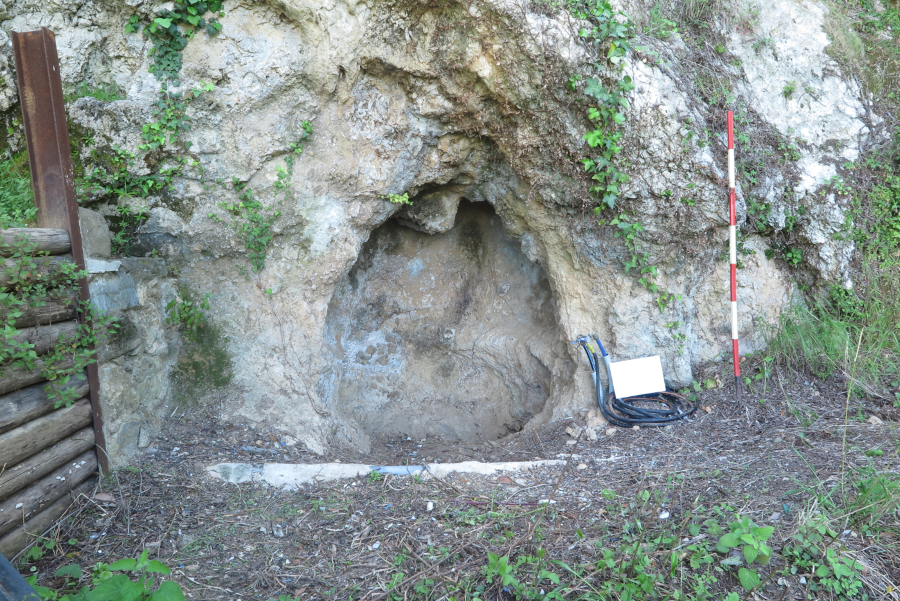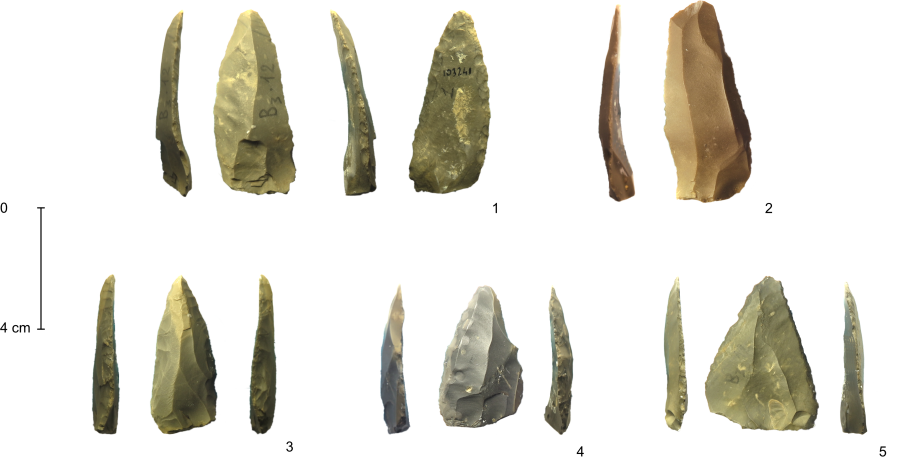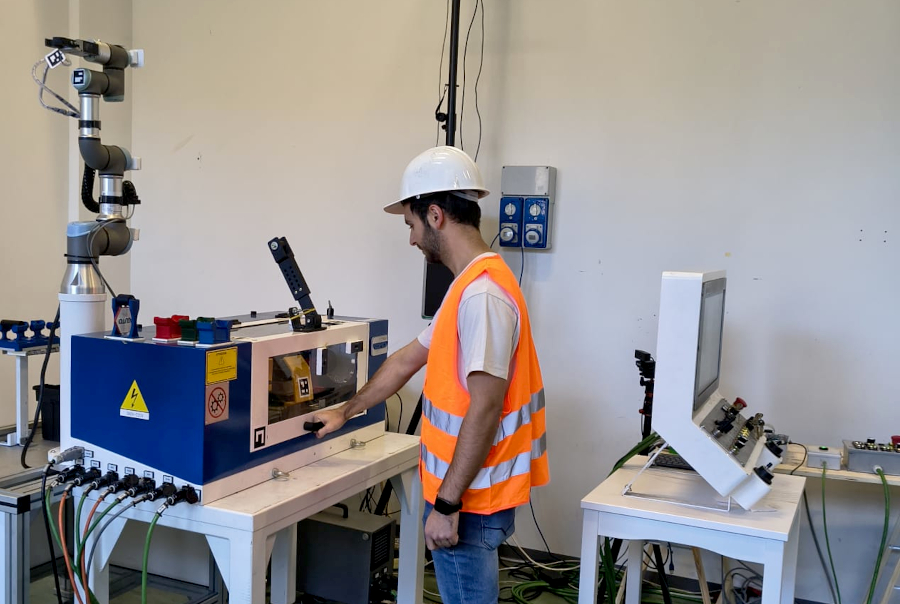Northwestern Tuscany is one of the last Italian territories where the presence of Neanderthals before their extinction is documented. This is the outcome of a new study published in the scientific journal PLOS ONE, coordinated by Jacopo Gennai, a researcher at the Department of Civilisations and forms of Knowledge at the University of Pisa, in collaboration with Professor Elisabetta Starnini.
The study, conducted in collaboration with researchers from the Department of Biology of the University of Pisa, the University of Rome “Tor Vergata”, and the University of Vienna, focused on two significant Palaeolithic sites in the area: Buca della Iena and Grotta del Capriolo (Massarosa). Analyses conducted on materials already known from excavations carried out in the 1960s but reassessed with current technologies such as radiocarbon dating performed through advanced scientific protocols used by the University of Vienna, have led to dating the presence of Neanderthals to around 42,000 years ago (c. 40,000 BCE). This dating that places the two sites among the last evidence of Neanderthal presence in Italy, alongside those already known in Liguria (Balzi Rossi) and Campania (grottoes of Castelcivita).
A new study sheds light on the final stage of Neanderthal existence in Italy before their extinction, a period marked by the arrival of the first Homo sapiens groups from Africa and the Near East.

Furthermore, the examination of animal bones, carried out by Angelica Fiorillo from the University of Rome “Tor Vergata” (currently a research fellow at the University of Bologna), highlighted the coexistence and interaction of Neanderthals with large carnivores: the Hyena Hole, as the name suggests, was primarily a den of hyenas that populated Europe until the end of the Ice Age, but it also hosted Neanderthal groups.
“The new data supported by radiocarbon dating – explains Jacopo Gennai – are crucial in understanding the reasons that led to the extinction of Neanderthal groups and their behaviour during a period of profound change, marked by the arrival of new human groups potentially in competition.”
The study – funded under the Horizon Europe Marie Skłodowska-Curie Actions MobiliTy programme and the Excellence 2023-2027 Project “Un senso nel disordine. Praticare la complessità” of the University of Pisa – opens up new research perspectives to investigate the resilience factors of Neanderthal groups in the context of the arrival of Homo sapiens in southern Tuscany. Sites such as the Grotta La Fabbrica (GR) contain artifacts attributed to the first Homo sapiens, which are not found in the Buca della Iena and Grotta del Capriolo areas.




